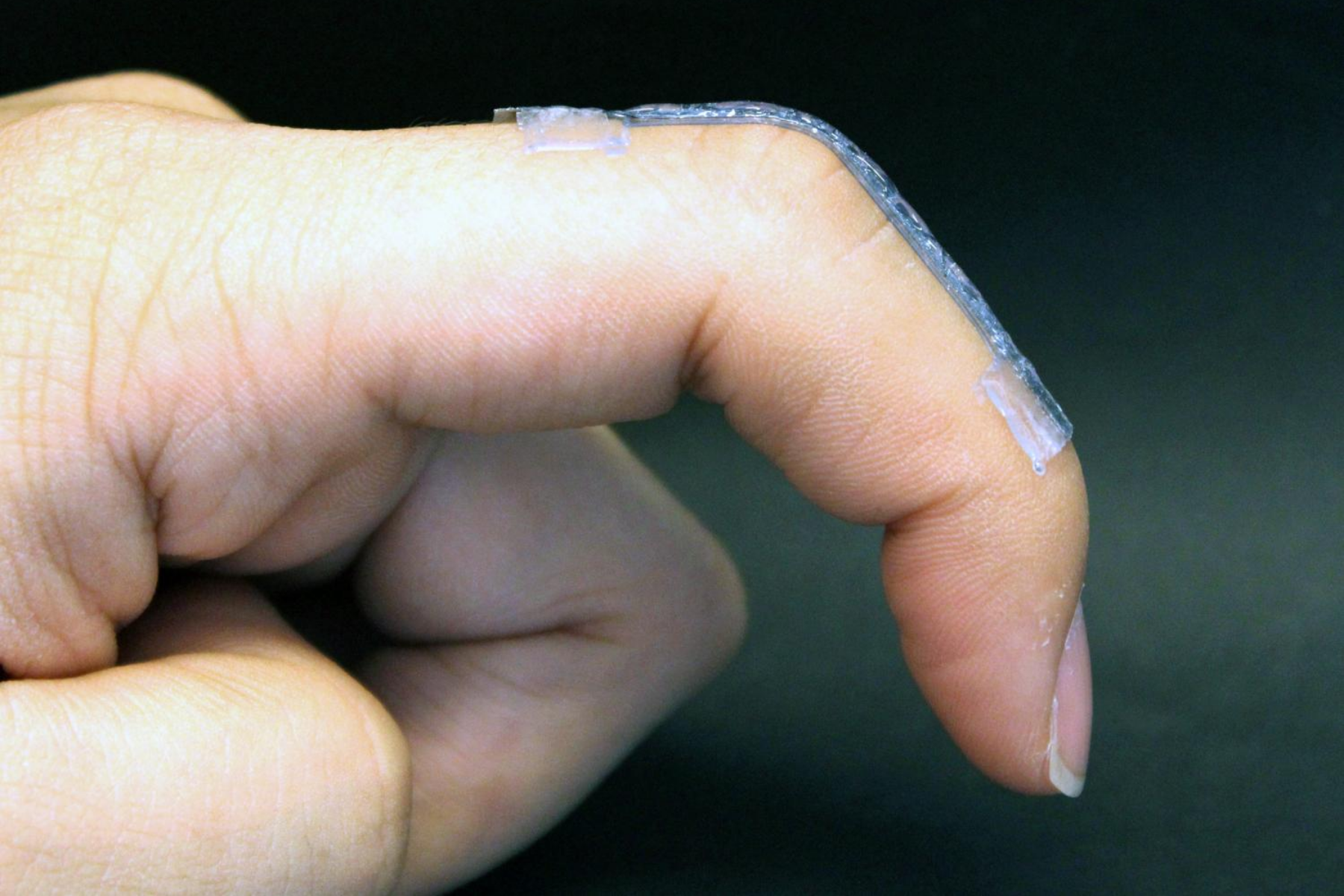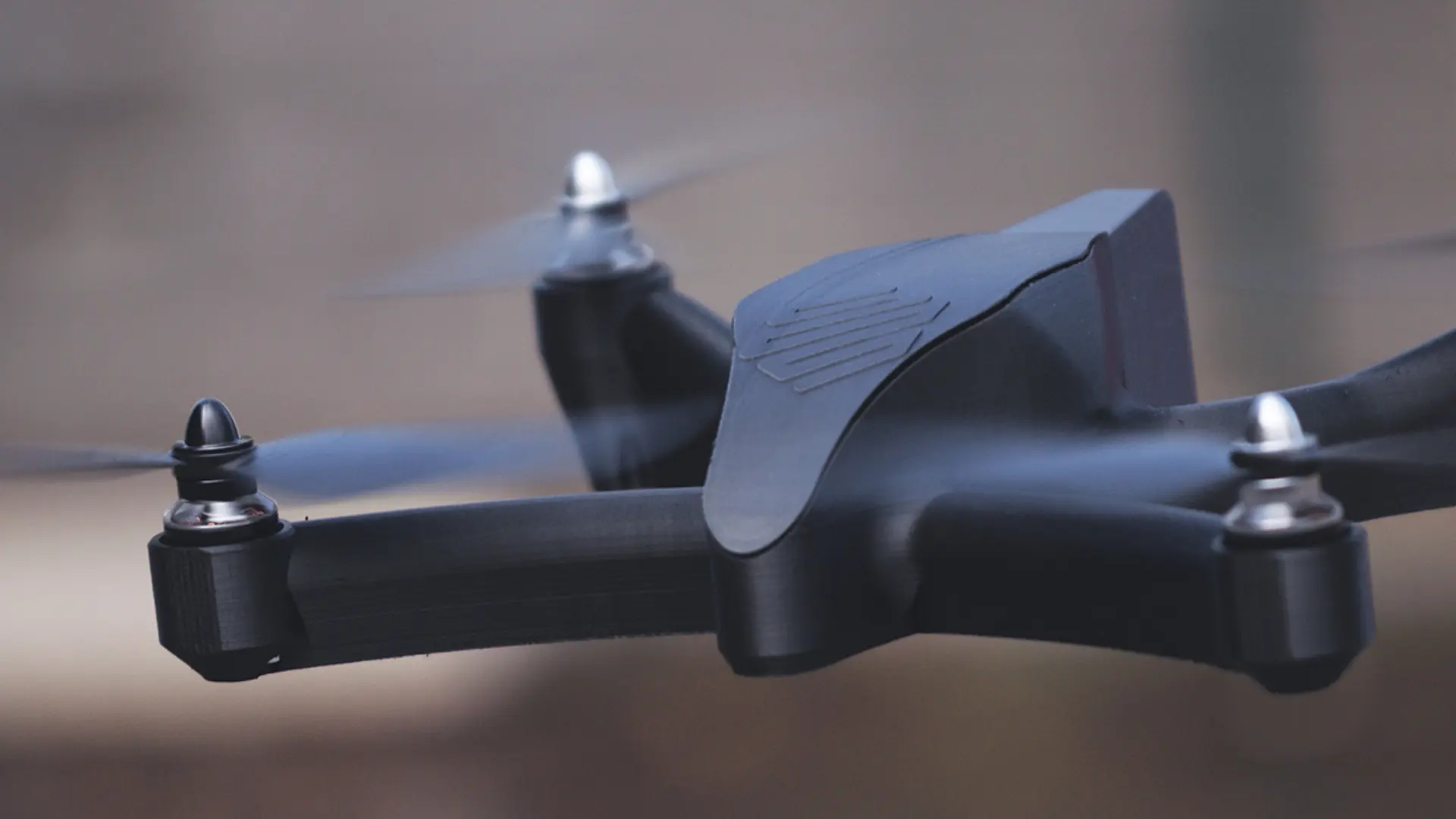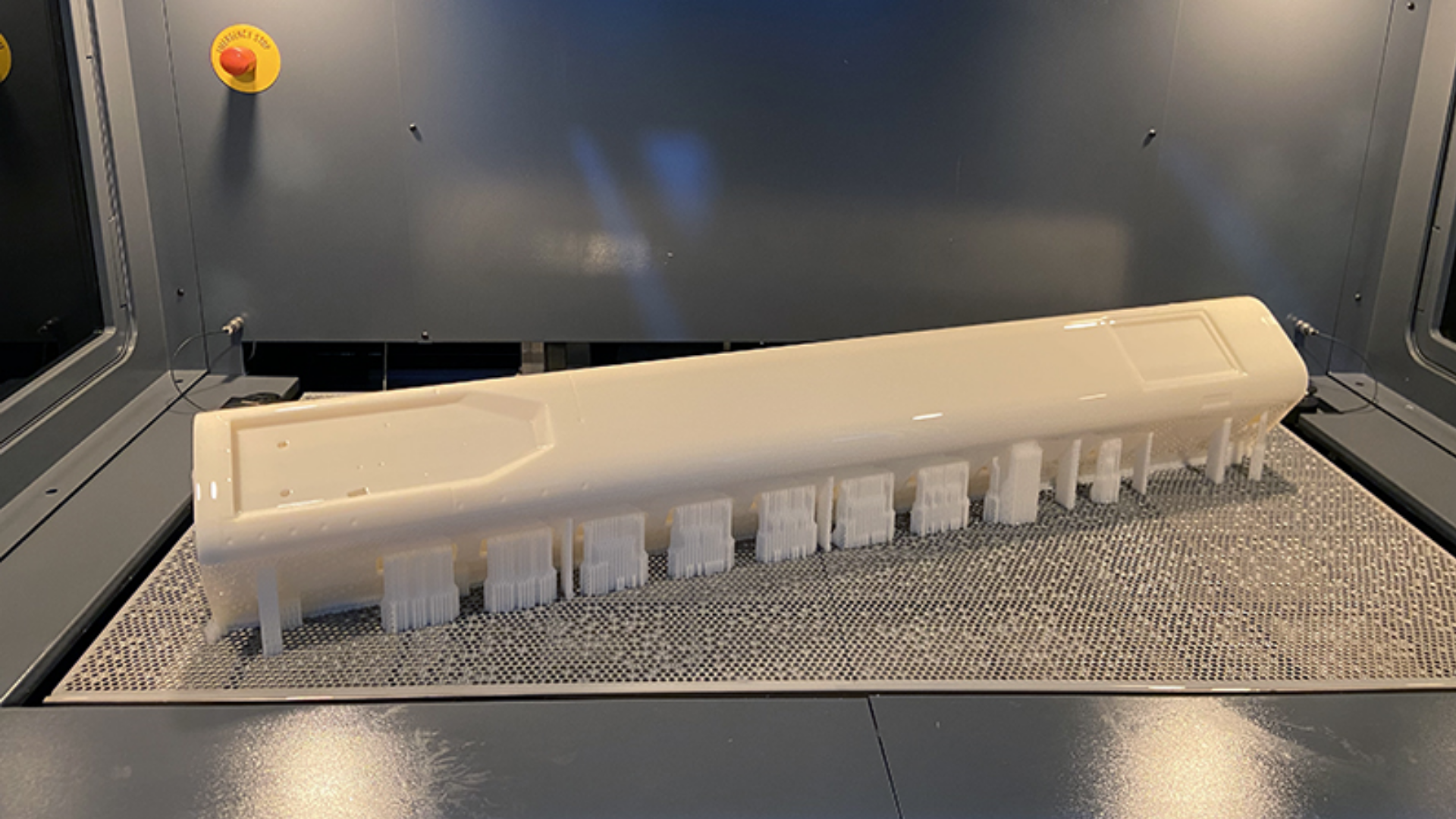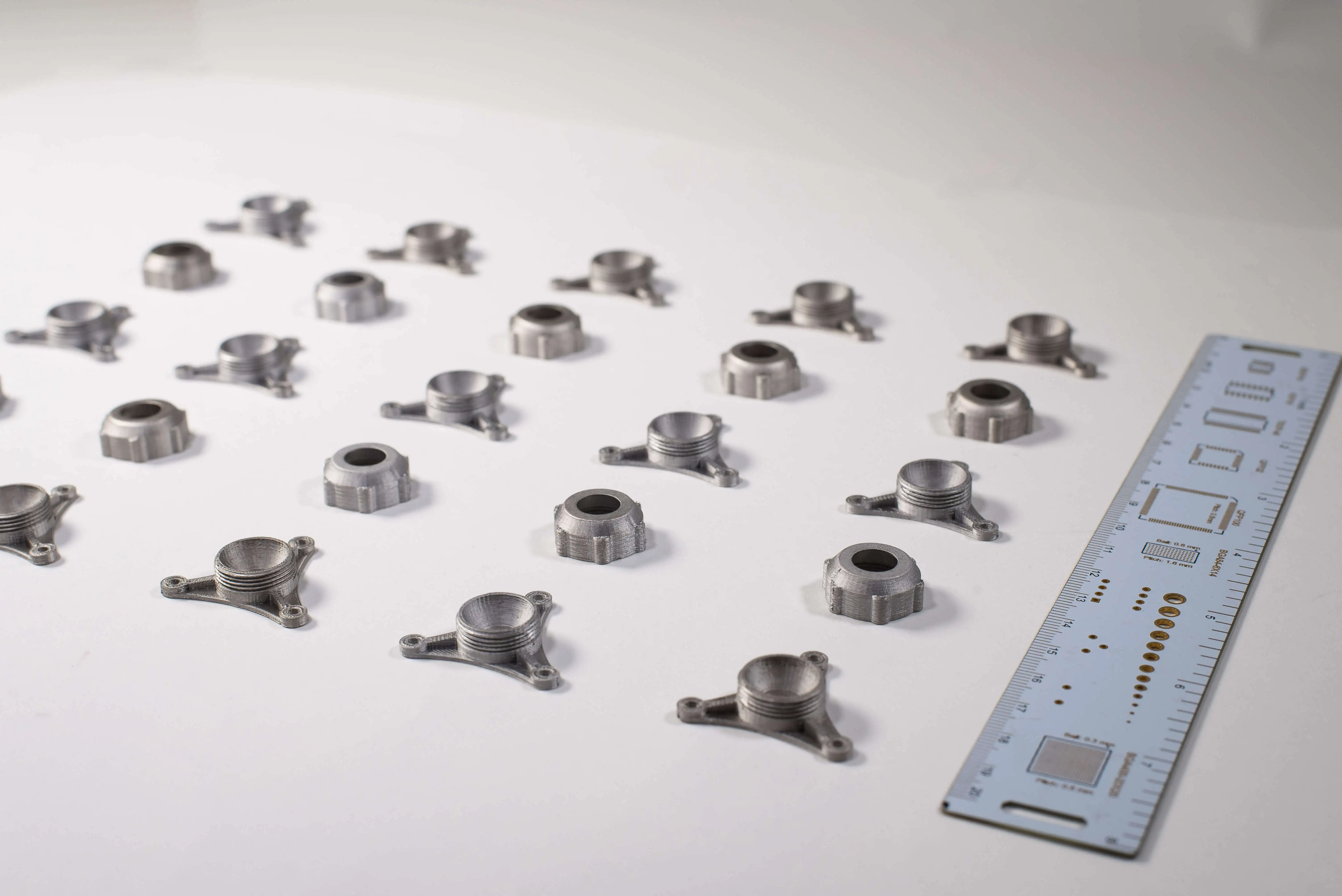Self-Assembling Highly Conductive Sensors: A New Era for Wearable Devices;
Recent advancements at Penn State University have paved the way for a groundbreaking development in wearable technology. Researchers have developed self-assembling, highly conductive sensors that hold the potential to significantly enhance the functionality and performance of wearable devices.

The innovation stems from the use of a novel method involving liquid metals and a self-assembly process. These sensors are designed to form themselves into conductive patterns without the need for external guidance. This autonomous assembly not only simplifies the manufacturing process but also ensures that the sensors are highly adaptable and efficient.
One of the critical advantages of these sensors is their high conductivity. Traditional sensors often face limitations due to their material properties, which can hinder performance and flexibility. However, the new sensors developed by the Penn State team demonstrate superior electrical properties, making them ideal for various applications in wearable technology. This includes health monitoring devices, fitness trackers, and other smart wearables that require precise and reliable sensor data.
Moreover, the self-assembling nature of these sensors can lead to significant cost reductions in manufacturing. By eliminating complex fabrication steps, producers can create more affordable and accessible wearable devices. This advancement opens up new possibilities for integrating advanced sensors into everyday products, potentially transforming the consumer electronics market. The implications of this research are vast. Enhanced wearable devices equipped with these advanced sensors can provide more accurate health monitoring, better user experiences, and more efficient data collection. As wearable technology continues to evolve, innovations like these self-assembling sensors will play a crucial role in shaping the future of the industry.


